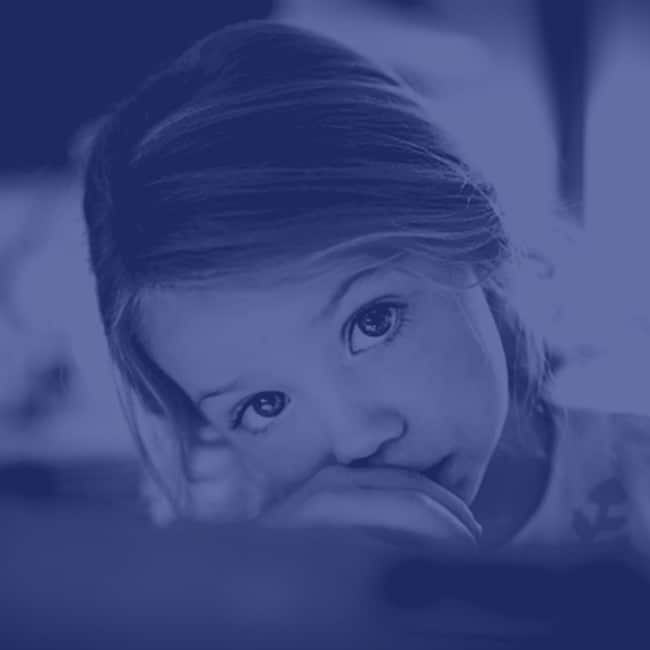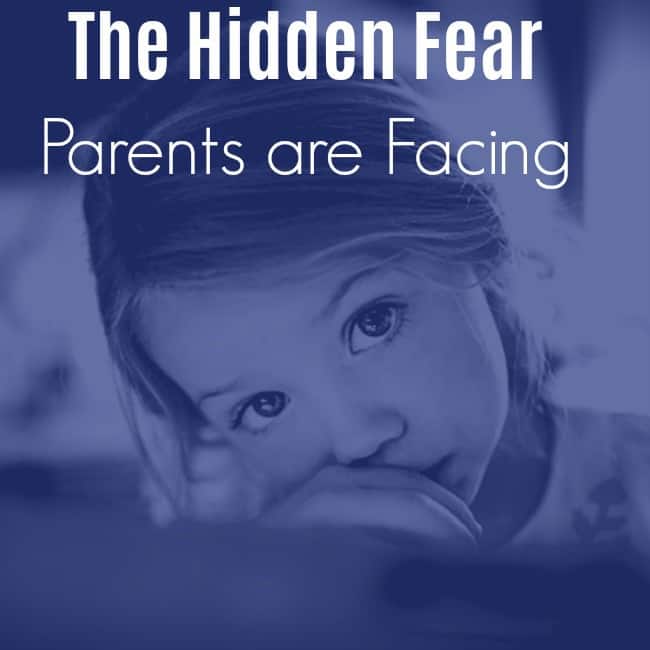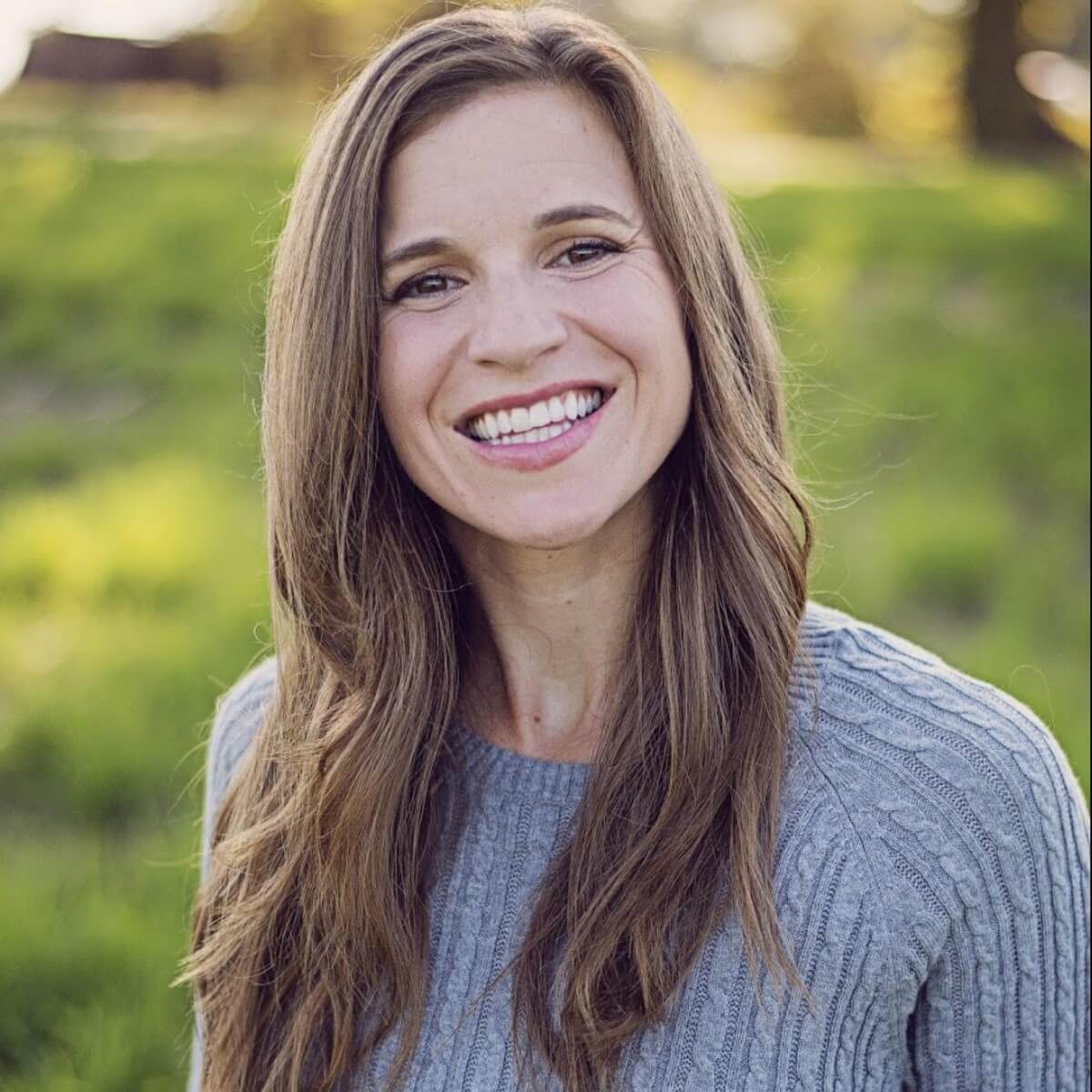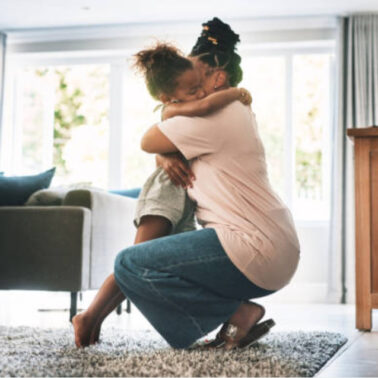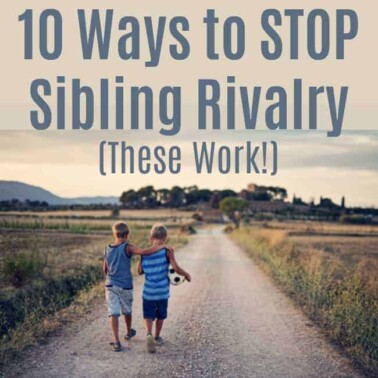This post may contain affiliate links. Please read our disclosure policy.
I am working with the Monique Burr Foundation for Children on a sponsored post to spread awareness.
There is a fear among parents that we all have, but we don’t always talk about. There is a fear among parents that we think about, but don’t always know what to do.
A few years ago, my husband and I were teaching Sunday School to the Kindergarteners in our church and we noticed that one little girl seemed to become more & more reserved. One day, not long after, her mom came up to us after class to tell us that she had decided to homeschool her and her daughter was having trouble dealing with this.
Why were they homeschooling her? Bullying.
This little girl had a brother in the seventh grade and he had already dealt with more bullying than any child should have to deal with… ever. He was being bullied at school, but even worse – they were able to reach him at home.
He isn’t the first middle-schooler to be bullied and he won’t be the last. 28% of US students in grades 6-12 have experienced bullying; 70.6% of young students have witnessed bullying. In fact, 1 in 4 children will be bullied and 1 in 5 will be cyberbullied.
A few months ago, I shared some scary statistics in my post The Scary Truth About What Our Children Face. I talked about how the risk of suicide has skyrocketed since kids started using smartphones. Over 25% of adolescents & teens have been bullied repeatedly through their cell phones or the Internet.
There is often a disconnect between children being bullied and what the adults know, see and understand. The problem is that many adults don’t know what to do to help their child. Many parents allow their children to stay home: An estimated 160,000 students stay home from school every day because they fear being bullied.
These children who are doing the bullying are often surrounded by other issues. 60% of bullies in grade 6-9 have a criminal conviction by the time that they are 24 years old. That’s a very high number and one to take seriously.
However, there is another fear that is even bigger than the fear of our children being bullied. Many parents fear that their child will experience abuse. More than 3 million children are abused in the U.S. every year.
The saving grace? 95% of abuse is preventable through education. That’s where the Monique Burr Foundation comes in.
While solutions are not simple, prevention shows the most promise.
What we can do to Prevent Abuse and Bullying:
The recent headlines of sexually abused youth athletes, cyberbullying, and other harm is done to children have heightened our awareness about the need to protect our youth – and how prevention education can truly protect children. It is important to teach children the red flags that could indicate an unsafe situation, and how they can avoid those situations. I understand that these are not easy conversations to have, but they need to happen.
According to Monique Burr Foundation: “This year, there will be about 400,000 babies born in the U.S. that will become victims of child sexual abuse unless we do something to stop it. And it shouldn’t take 400,000 more victims before we start changing the conversation on sexual abuse. #ChangetheConversation is a campaign designed to bring awareness of the systemic issues that surround abuse of children and change the way we talk about it within communities, homes, and families as a preventative measure. ” That is exactly why I am taking part in this movement and campaign.
Statistics show that 75% of victims never report sexual abuse – it’s time to move this conversation from something that we don’t talk about to something that we feel comfortable enough to #ChangetheConversation with our children. They need to hear, from us, the adults in their lives, how to prevent it and what to do if it happens. #ChangetheConversation provides a platform for survivors of abuse to become Conversation Leaders in their roles as advocates and educational champions.
“Children look to the adults in their lives for guidance and security. That’s why this month, we hope you will help us help your child. Together, we can set examples and provide information that students need to stay safe.” ~ Monique Burr Foundation #ChangetheConversation
- Intervene. Did you know that bypassers who intervene on behalf of the child being bullied make such a huge difference? I tell my children a story about when I was in high school and I witnessed a peer being bullied. I stood up to the bully and it worked. Standing up for someone else is always the right thing to do. As they say in a show that I watch with the kids, “Bad things happen when we sit around and do nothing.”
. - Talking. Parents can prevent bullying by talking to their children. Talk to them about what it looks like to be kind. Talk to them about what bullying looks like.
. - Explaining. Talk to your children about abuse and what it looks like. Teach them rules about their space and how others are not to invade that space. Talk about what they need to do if they are ever in a situation where they feel uncomfortable. Don’t wait for a situation to occur before you have this talk… do it now. Do it today.
. - Change. Create a culture change. The Monique Burr Foundation for Children believes every child deserves to be safe. They are a prevention education foundation focused on bullying and abuse prevention. They teach strategies to prevent, recognize and respond appropriately to bullying, cyberbullying all types of child abuse, digital abuse, and other digital dangers. They are on a mission to change the way prevention education is delivered, to ultimately create a culture change that changes the conversation from #MeToo to #NoMoreMeToo.
. - Educate. Get prevention education in the schools. Monique Burr Foundation for Children programs teaches students in K through 8th grade about the five safety rules to help protect them from bullying, cyberbullying and all types of abuse. In six years, they have reached over 2 million students and they hope to reach every student in the United States.
. - Home. Start at home. Have a bully-free home. I try very hard not to yell at our kids because I want to model what patience and understanding look like. When they say something unkind to one another, I don’t just let it go – it is talked about and handled.
. - Why? Learn the reasons behind prevention and prevention programs. Did you know that when you have a prevention program in the school, it can improve grades and test scores? It can lower dropout rates and improve the school’s safety.
. - Stand. Stand up for others. Show your children what it looks like to be helpful, even when you aren’t asked. Show them what it looks like to stand up for others, even when you aren’t asked for help.
.
- Boundaries. Set boundaries with your children: Electronics, friendships, curfews. Set these boundaries now and keep them. It is always easier to let go as our children become more responsible than to try to pull them back in because we gave too much freedom too early on.
.
- Signs. I want to save this one for last because it is the one thing that we fear. If we find that our children are being bullied (or are being the bully) or if we find that they were abused, we need to take action. Get them the help that they need and do not slide it under the rug. Remember that your child is depending on you.Be their voice.
Be their support system.
Be their family.To learn more about the Monique Burr Foundation and how you can Change the Conversation in your community, visit Monique Burr Foundation for Children Note: Florida schools are not paying anything for this program because the Florida Attorney General’s Office continues to fund the program. Where there is a will, there’s a way.
